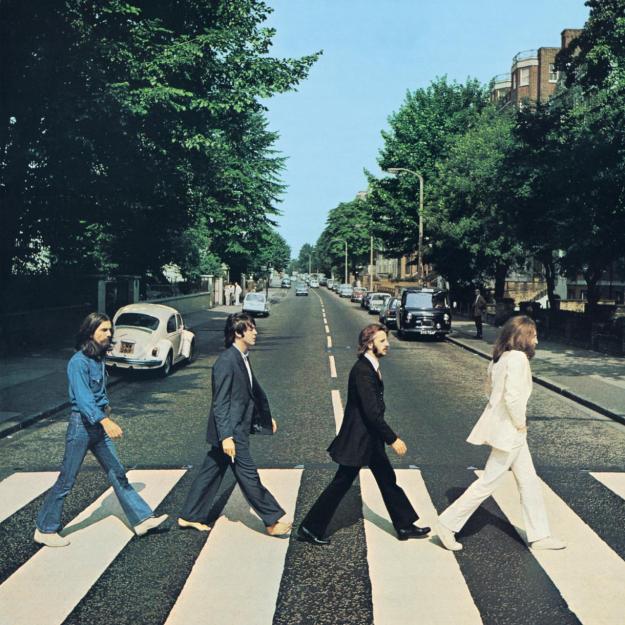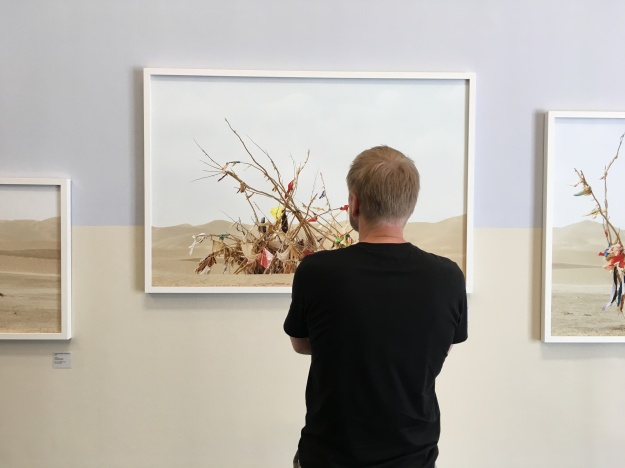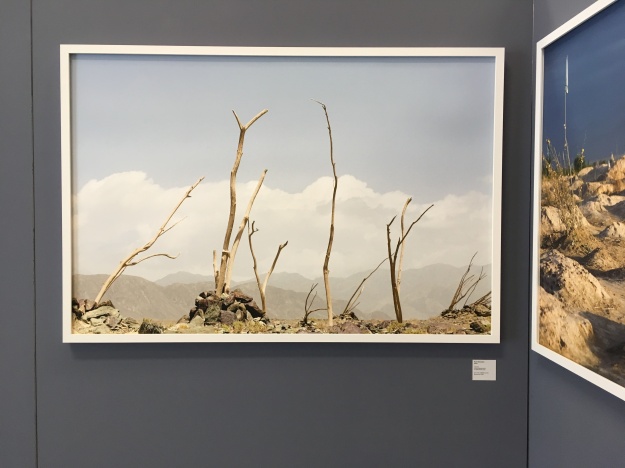Anyone who lived through the era of vinyl, with an interest in art, will undoubtedly have an fascination with album covers.
Today’s album cover of interest is none other than The Beatles, Abbey Road. Very possibly one of the most iconic album covers of all time.

It was designed by Paul McCartney, who had drawn a sketch of his concept and the image was shot by a photographer friend of John Lennon and Yoko Ono, called Iain MacMillan.
Iain Macmillan was born in Dundee, Scotland in 1938. After a short attempt at a managerial role after leaving school, he moved to London in 1958 to study photography at the Regent Street Polytechnic. It was to be a further eleven years before John Lennon would invite Macmillan to shoot the infamous cover.
“A policeman held up the traffic as Macmillan, from a stepladder positioned in the middle of the road, took six shots as the group walked across the zebra crossing just outside the studio.” (Beatles Bible, 2017). The image was literally captured in less than ten minutes.
Wikipedia describes each of the six images…
“First Photo. John leads the group from left to right followed by Ringo, Paul and George. They kept this order throughout all the photos. There is a Mercedes pulling out of the studio behind them. John is looking away from the camera and Paul and George are in mid step. Paul is wearing sandals
Second Photo. They walk back in the same order. Good spacing but only John has a full step.
Third Photo. Left to right again, full steps this time but they are all too far left. There is now a traffic backup. There is a taxi, two vans and a double decker bus waiting to come forward. Paul is now barefoot.
Fourth Photo. Walking right to left, once again Paul Ringo and George all in mid step. The traffic has gone through but the bus has stopped to watch. This photo is the cover of Abbey Road by Brian Southall.
Fifth Photo. This photo was used for the cover of the album and is the only photo where we see Paul smoking. The only one with their legs in perfect formation. The three men on the left above Paul’s head are Alan Flanagan, Steve Millwood and Derek Seagrove. They were interior decorators returning from a lunch break. On the right side between John and Ringo’s head is Paul Cole, an American tourist.
Sixth Photo. Ringo is slightly too far behind John. The bus has turned around to leave.” (wikipedia, 2017)
The album cover is such an iconic image that there is even a dedicated webcam available online of the zebra crossing. During waking hours, not five minutes pass without witnessing a group of friends recreating the shot…
https://www.abbeyroad.com/Crossing
——————————
The Beatles Bible. 2017. The Abbey Road cover photography session. [ONLINE] Available at: https://www.beatlesbible.com/1969/08/08/the-abbey-road-cover-photography-session/. [Accessed 15 July 2017].
Abbey Road. 2017. Abbey Road Crossing Cam Live Feed. [ONLINE] Available at: https://www.abbeyroad.com/Crossing. [Accessed 15 July 2017].
Wikipedia. 2017. Iain Macmillan. [ONLINE] Available at: https://en.wikipedia.org/wiki/Iain_Macmillan. [Accessed 15 July 2017].




